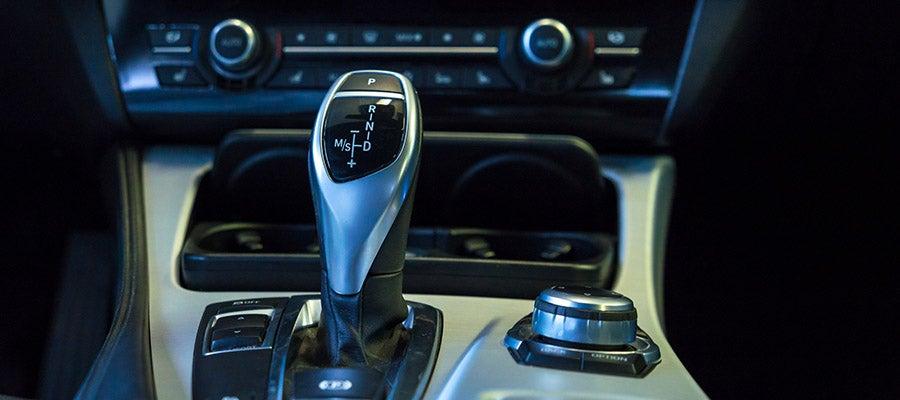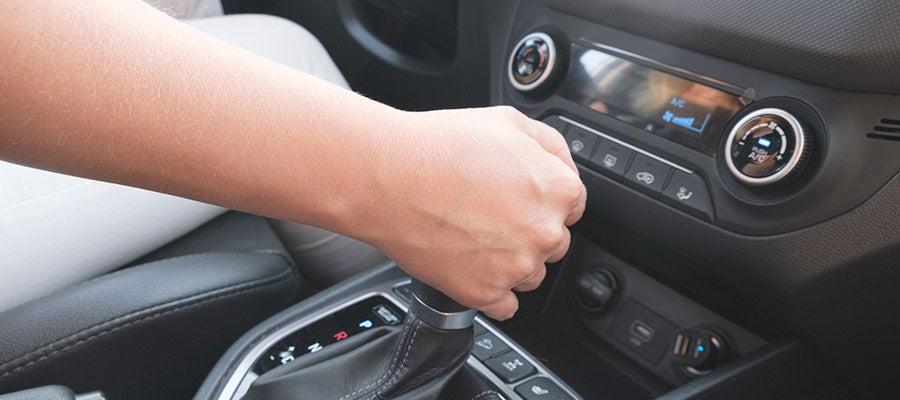New drivers can choose to learn in a manual or an automatic car. We share our advice on which you should choose
When you’re learning to drive, there’s a big question to ask yourself – “should I learn to drive a manual or automatic car?”. The answer to this isn’t always straightforward, so we have produced this guide to the pros and cons of learning in an automatic or a manual car.
Is it better to learn to drive manual or automatic?
There’s one thing to consider if you’re thinking about taking your driving test in an automatic car. If you get an automatic driving license, you’ll only be qualified to drive automatic cars. If you take the more popular manual test, you’ll be legally allowed to drive both manual and automatic vehicles.
It’s true that manual gearboxes are becoming slightly less common in new cars, but it’s good to have the ability to drive both – even if you’re set on your first car being an automatic. You might end up driving a manual from time to time, perhaps if you borrow someone else’s car or use a hire vehicle. Automatic cars can be more expensive to buy than manual versions, they are generally less fuel-efficient and may accelerate slower.
We’d recommend taking a manual driving test, as then you have the freedom to drive a manual or an automatic car.

Is it easier to pass in an automatic car?
On paper, yes. There’s no clutch pedal in an automatic car, so you don’t need to worry about balancing the clutch and accelerator when setting off or when trying to change gear smoothly. You can’t stall an automatic, and dreaded hill starts are far easier, too.
Is it more expensive to learn in an automatic car?
Individual lessons are usually more expensive for an automatic car than for a manual one, because you should need fewer lessons. That’s the theory, but there’s no guarantee that you’ll pass any quicker than someone learning on a manual car. At the moment, fewer drivers take the automatic test, so automatic driving instructors have to make up for their reduced income compared to manual ones. Automatic cars can also use slightly more fuel than equivalent manual ones, which is built into the hourly price you pay.
Once you’ve passed, automatic cars sometimes cost more than an equivalent model with a manual gearbox. That means you might have to spend slightly more to get the car you want compared with a driver that chose to learn how to drive a manual.
You will also find that renting a car, like when you go on holiday, is cheaper if you’re able to drive a manual gearbox. If you can only drive an auto, you’ll be obliged to rent a self-shifting car, which invariably costs more than a manual option.

Hybrid and electric car driving lessons
With the UK planning to ban the sale of new petrol and diesel cars in 2030, it’s not surprising that more people are choosing to learn to drive in an electric car or a hybrid. Do this and you’ll be using an automatic gearbox, as no electric car on sale is offered with a manual.
It may be expensive to learn in an electric car as EVs typically cost considerably more to buy and insure than petrol or diesel versions of the same car. With electric car driving instructors still in the minority, you might struggle to find someone with the availability to teach you.
How to drive an automatic car
Almost all automatic cars have a gear selector with P, R, N and D positions. These stand for Park, Reverse, Neutral and Drive respectively, and are all pretty self explanatory. You’ll start in Park and, to select Drive or Reverse, you need to put your foot on the brake, take off the handbrake (if the car doesn’t do it for you) and move the lever to D or R as needed. On a traditional gear lever, you’ll pull it towards you for forwards and push it away for reverse. Some modern cars have a dial or buttons instead.
When you’re in drive or reverse and ready to pull off, release the brake and the car will start creeping in the direction you’ve chosen. Then, you can build up speed by gently pressing the accelerator pedal and the automatic gearbox will shift gears for you.




































